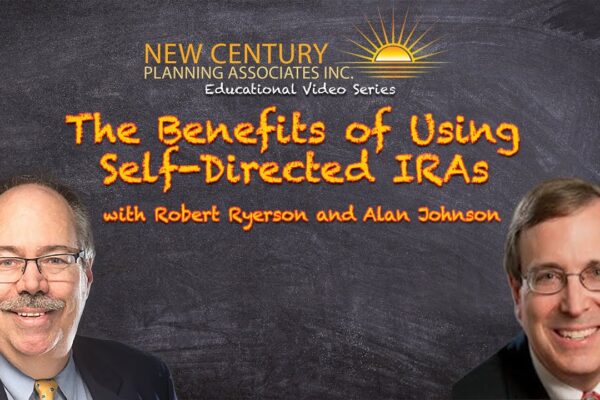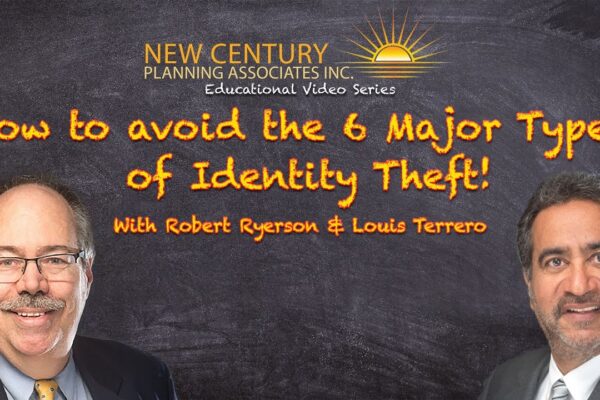Converting 401(k)s and IRAs to Roth Status Can Save Tax Dollars
Robert M. Ryerson has worked as a Certified Financial Planner since 1991. On a mission to help America’s workers secure their financial freedom during retirement, Robert M. Ryerson educates people about to retire on required minimum distributions (RMDs) and how they will affect their taxes during retirement.
 Once a person reaches the age of 70 and a half, he or she must make RMDs from his or her 401(k) or IRA. These distributions will be usually be taxed. These taxes can be considerable, especially if the person is already collecting social security or is earning income from other investments. However, with some planning, you can save tax dollars occasioned by RMDs.
Once a person reaches the age of 70 and a half, he or she must make RMDs from his or her 401(k) or IRA. These distributions will be usually be taxed. These taxes can be considerable, especially if the person is already collecting social security or is earning income from other investments. However, with some planning, you can save tax dollars occasioned by RMDs.
A good way to reduce taxes on RMDs is to convert traditional IRAs or 401(k)s to Roth IRA investments. Those working with employers offering Roth 401(k) options can convert these funds. If this option is not available to you through your work, you can still convert your IRA to Roth status. This should be done before retiring and before reaching age 70 and a half. When putting funds into a Roth IRA, you are taxed now when you are still working, rather than later on after retirement. This can generate huge savings, especially if you expect to earn significant amounts of money after retirement.
Author
Robert Ryerson
Although Robert M. Ryerson completed all the necessary requirements to earn bachelor of arts degrees in both English and economics at Rutgers University, college policy at the time prohibited the issuance of dual degrees. As a result, he graduated from Rutgers with a single bachelor of arts in economics before finding employment as a stockbroker with Shearson Lehman American Express in New York City 1984. Robert M. Ryerson has since established himself as a respected estate administrator and legacy planner. In addition to his economics degree from Rutgers, Mr. Ryerson holds several professional designations including Retirement Income Certified Professional (RICP)®; Certified In Long Term Care (CLTC)®; Certified Financial Fiduciary (CFF)®, and Certified Identity Theft Risk Magenament Specialist (CITRMS)®. He has shared his knowledge on the subject of identity theft as the author of the book What’s The Deal With Identity Theft?: A Plain-English Look at Our Fastest Growing Crime. He has also covered identity theft issues directly for students as the instructor of the adult education course Understanding Identity Theft: Our Fastest Growing Crime.






